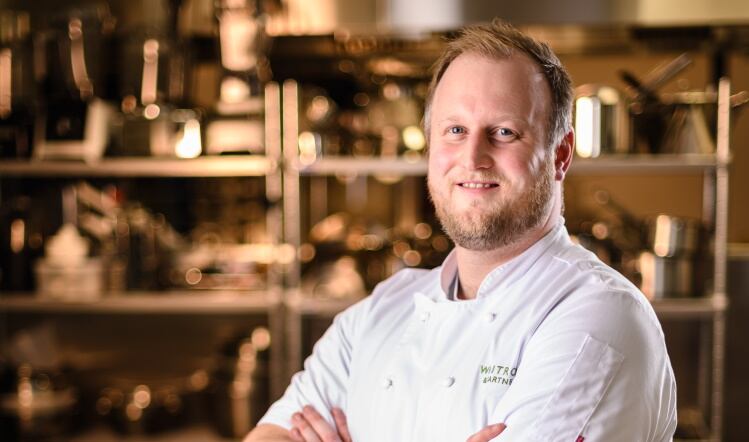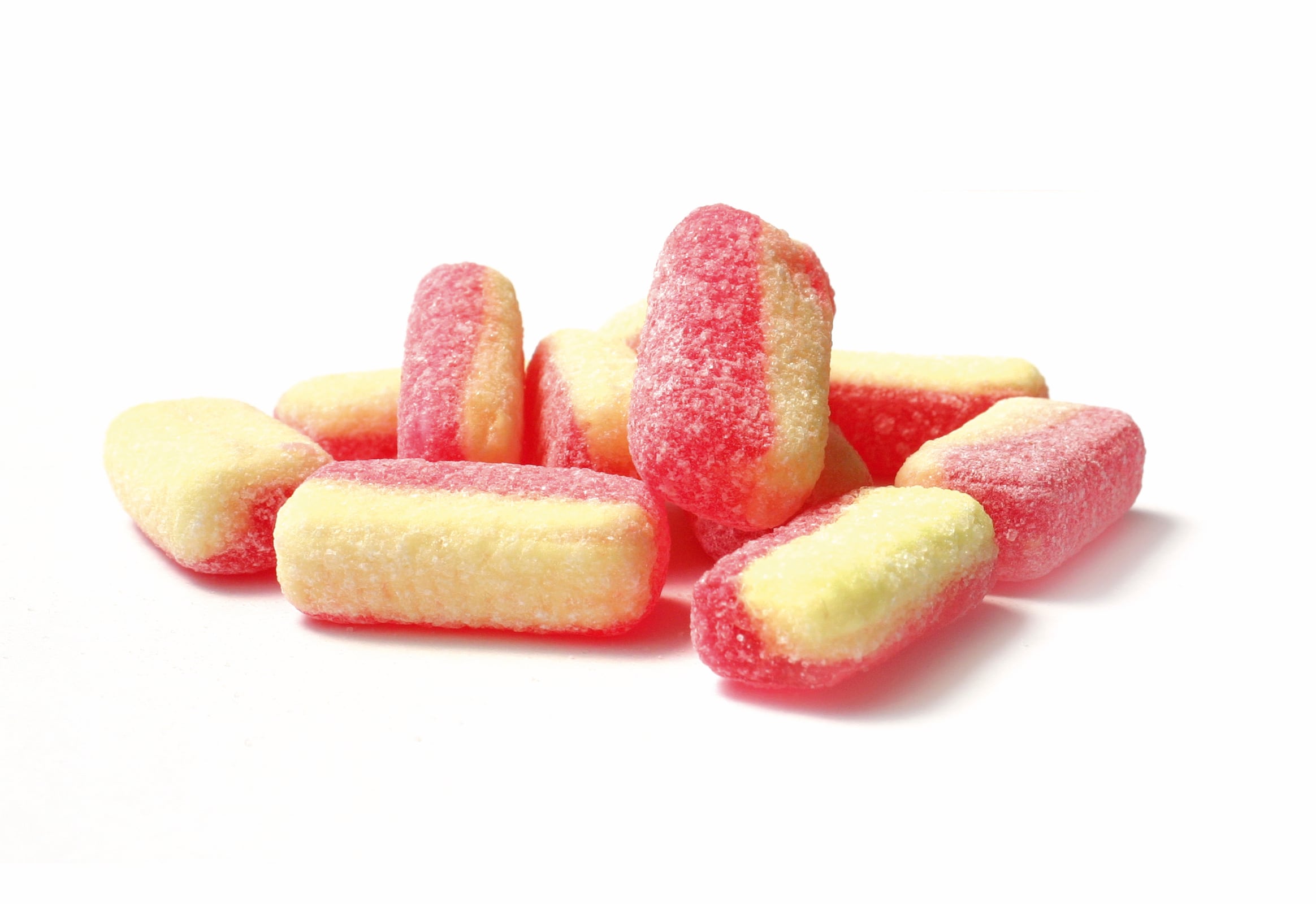Reactions to the characteristics of food, as they are perceived by the five human senses of sight, smell, taste, touch and hearing, are scientifically measured, analysed and interpreted in a process known as sensory evaluation. Now, in a fluctuating food and drink market, with a myriad of challenges to which manufacturers need to respond, including health, quality, allergens, clean-label and vegan, sensory evaluation is being put to the test as never before, as companies compete to ensure their products stand out and find those elusive market gaps.
Here, three different firms give their takes on the value of the sensory process and how it is changing in accordance with market demands and trends.

Leatherhead Food Research: the scientific approach
Over the next decade, there will be a clear transition from sensory evaluation to fully fledged consumer science, says David Fenning, senior consultant consumer sciences at Leatherhead Food Research. Despite the market mayhem, manufacturers that make intelligent use of sensory science “are far more likely to succeed in the dynamic global market”, he believes.
Fenning reveals there has been a surge in demand for the business’ sensory evaluation services of late, with the “main growth geared towards longer-term R&D projects focused on delivering against manufacturers’ strategic technology platforms”.
Conversely, he says, demand for ad hoc projects – for instance to determine if and how two products differ from one another, or in support of quality control – is much flatter.
However, manufacturers should pinpoint the real need behind any request for sensory evaluation. “We can add far more business value by focusing on strategic questions, like ‘How can I increase my brand equity with products that support our core values?’ or ‘Can we find new ways to grow by offering products that excite untapped audiences?’,” says Fenning.
“This is achieved by designing research programmes that employ mixed methods to answer broader business questions rather than singular research objectives.”
He identifies two key trends in sensory consultancy demand. The first is consumer-driven design. “By mapping the consumer-product journey, really understanding consumer behaviour and isolating pinch points, we can shift the focus from products to experiences and generate powerful narratives for our clients. Context is everything and, using multi-modal techniques, we can develop a deep understanding of how a product or service might fit in the consumer’s world.
“The second area can be thought of as ‘predictions’. Much research considers ‘What will a consumer choose/do/think if …”. Tackling such questions is hard, as they are multifaceted. But when you deploy and correlate a range of methods in a large study, the outcomes enable manufacturers to make better, more strategic decisions. For instance, we might correlate temporal sensory evaluation data with chemical analysis in a ‘temporal chemometric study’, then overlay this with hedonic data to clearly predict required changes to a formulation to better delight different consumer demographics.”
While the benefits of sensory science are relatively well understood, says Fenning, leveraging these is another matter entirely. “Manufacturers often have wildly different expectations of which sensory evaluation techniques should be used for the best results.
“There can also be the temptation to search for a single ‘perfect product’, which simply does not exist. Or, there may be multiple perfect products – a core product that is ideal for one set of consumers and a variation ideal for a different set. Interpreting the data, then understanding when to stop ‘tweaking’ and move on can be one of the toughest decisions for innovation managers.”
Highest demand currently, he agrees, is coming from the low/reduced sugar space, as “reducing sugar while maintaining consumer preference is one of the toughest sensory challenges the industry is [now] facing”.
With responsible sourcing, packaging and food waste, personalisation and health and wellness in focus over the next decade, Fenning expects sensory evaluation techniques to react to these trends.
“This will be seen in terms of ergonomics, greater fidelity in predictive clustering models that focus on attitudinal responses rather than demographics and the evolution of our approach to touch – with a focus on materials technology and packaging semiotics.”

Dawn Foods: the ingredients angle
“Sensory evaluation is increasingly used as a tool to support new product launches, especially those that feature new formulations due to requirements for reduced sugar and fat levels, as well as additional claims like gluten-free, vegetarian and vegan,” says Dawn Foods R&D Centre of Excellence manager Richard Mundy.
“Maintaining flavour and texture in ingredients and products where an element has been taken away or reduced such as fat or sugar, is important as many flavours require the presence of fat and/or sugar to properly recognise them. Benchmarking new product formulations using sensory evaluation techniques ensures that a product ticks all the boxes regarding taste, smell, appearance, and so forth.
“It is important to know your market when developing new products: what are the tastes of the target consumer? What are the current trends in [in our case] bakery, from flavour and texture to the additional benefits that will enhance the product?” says Mundy.
“In the UK, consumers are increasingly health and environmentally aware, so they demand more ethically sourced ingredients and sweet treats that are not only indulgent, but also meet a range of dietary requirements. The combination of indulgence and ‘better for you’ in one product can be a real challenge for bakery manufacturers and sensory evaluation can be a good tool for checking that this has been achieved.”
Apart from reduced sugar and fat, vegan and vegetarian, Dawn Foods cites ingredient provenance, ‘natural’ and a move to include herbs and spices as key trends in the market.
“Consumers want to know more about a fruit filling in a cake or pastry, for example. Botanical flavours can add a new dimension to a bake, giving a more complex layer of flavours than sweetness alone – they work well in icings and toppings to give a flavour hit that isn’t overpowering.”
In terms of insights manufacturers should expect to gain from sensory evaluation, Dawn cites consumer preference or why the consumer would choose a specific product over another on the market.
“Sensory evaluation can also be used when there are a few variations of a product with different fillings and toppings. The insight gained from such an evaluation would be valuable to back up development decisions about a launch’s success in a specific country.”
Dawn, which commissioned Charles Spence, professor of experimental psychology at the University of Oxford, to devise insights on ‘eating feel’ for high street bakers, points out that just as food needs to look and taste great, how it feels in the hand adds to our sensory response to it. “The feel of packaging can also exert a similar influence over the consumer’s in-mouth experience,” says Mundy.
Spence considered how sound, smell taste and feel of food works to increase our likes and dislikes and how the time of day can affect the need for a sweet ‘fix’, through to the impact of temperature and how the purchasing environment can affect consumers’ choices and relationship with food.
Dawn now uses this when discussing NPD with bakery manufacturing customers to ensure products work on every sensory level and says it has been important in the development of its free-from ingredients to ensure the quality, taste, texture and visual appearance of the finished product.

iSense: the flavour disruptor
Digital platform start-up iSense provides the first cloud-based flavoured management collection system and flavour marketplace, powered by independent sensory data. It combines a sensory operation with disruptive digital tools, enabling flavour discrimination, comparability and search. The company aims to scale the “laborious” process of sensory evaluation in a bid to accelerate flavour choice and bring agility for both flavour houses and food and drink manufacturers.
“Manufacturers can manage their flavour collection online and send us flavour samples for descriptive analysis. We profile them with our dedicated panels and deliver an independent specification of the taste of their flavour. We bring transparency to the flavour offering across suppliers,” explains founder and CEO Mathieu Asté. “They build taste data and knowledge that will guide future flavour choice.”
The main difference the group brings to the table is to apply sensory methodologies on one ‘product universe’ only: flavours in standardised tasting solutions – a simple water-based matrix. Asté explains the reasoning: “Flavours are not specified for their most important attribute, their taste. iSense scales sensory methodologies to deliver a specification of the taste of each flavour.
“Flavours define the final taste of most industrial food,” he continues, “And, mostly, product developers do not know precisely what they buy and why they buy it. They cannot learn, gather data and develop data-based knowledge. As a result, flavour choice, a crucial part of the product, remains mostly ‘magic’.”
iSense delivers a quick, precise and affordable sensory profile for each individual flavour, he says.
iSense already has 550 flavours in its database, with specified strawberry, vanilla, milk, cream, butter and citrus flavours from 20 flavour houses globally. It is working on pilots with the likes of Takasago and Nestlé, which it says will ultimately enable it to guide flavour choice per type, country and application. “This data will make flavour choice rational,” claims Asté.
Given the cost of traditional sensory processes, food firms need a “clear idea” as to why they might invest in it – be it quality control, understanding a particular product universe, or linking consumer preference to sensory data to guide marketing and NPD, he says.
“Sensory is expensive and slow: if you want to train a panel from scratch on a product universe like fresh cheese or chicken soups, it takes months and can cost over €2,000 per sample.”
When it comes to the evaluation of new ingredients, recipes and processes, he believes product developers do not have time to rely on extensive trained panel sensory assessment. “For them speed is of the essence ... and there is a danger that you do not build structured data to guide future development.”
Asté notes that, with iSense, “flavour choice becomes a data-based process, where the manufacturer takes back control of the flavour choice and can connect the sensory evaluation of their food products to the specification of flavours.” Flavour samples can then be ordered immediately at the click of a switch.
He believes that, at some point, current sensory evaluation methods will be disrupted by the appearance of sensors that are able to generate a unique signal for each flavour. “However, it’ll be another 10 years until sensor can give a precise picture of two different strawberries, for example.
“iSense data will be crucial to teaching machines, interpreting the signals of the sensors and transforming them into a ‘human’ sensory description,” he claims.




